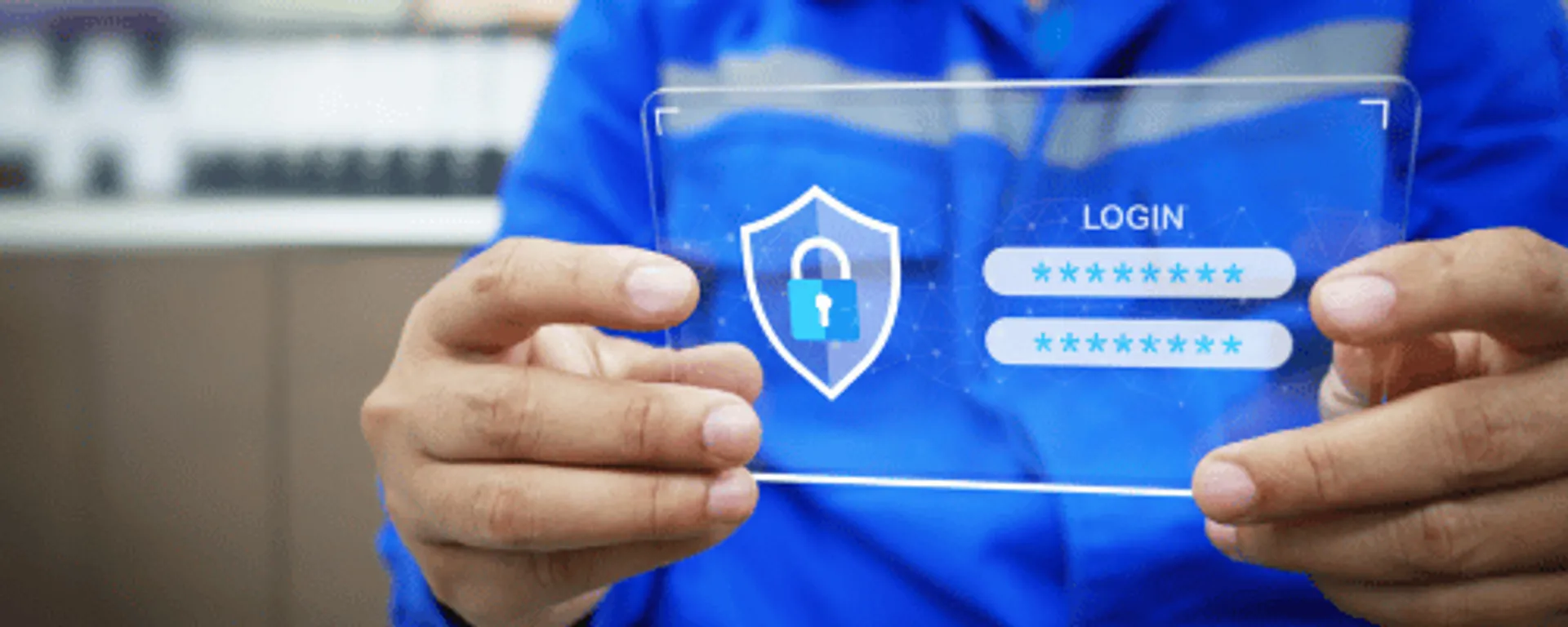In today’s digital age, cybersecurity is a critical concern for healthcare organizations. With the increasing adoption of electronic health records (EHRs), telemedicine, and digital patient data management, healthcare providers must prioritize robust security measures to safeguard sensitive patient information. A breach not only compromises patient trust but also exposes healthcare facilities to legal and financial consequences. Ensuring compliance with the Health Insurance Portability and Accountability Act (HIPAA) is essential to protecting patient data and maintaining operational integrity.
The Growing Threat of Cyber Attacks in Healthcare
Healthcare organizations are prime targets for cybercriminals due to the vast amount of sensitive data they store, including personal health information (PHI), financial records, and social security numbers. Common cyber threats in the healthcare industry include:
-
Ransomware Attacks – Malicious software encrypts files, demanding payment for their release, disrupting patient care and hospital operations.
-
Phishing Scams – Cybercriminals trick employees into divulging confidential information or credentials through deceptive emails or messages.
-
Data Breaches – Unauthorized access to patient records can lead to identity theft, fraud, and regulatory penalties.
-
Insider Threats – Employees or contractors with access to sensitive data may inadvertently or intentionally expose patient information.
-
IoT and Medical Device Vulnerabilities – Connected medical devices, if not properly secured, can be exploited to gain access to hospital networks.
Best Practices for Protecting Patient Data
To mitigate cybersecurity risks, healthcare organizations must implement a comprehensive security strategy that includes the following measures:
1. Strengthen Access Controls
Implement multi-factor authentication (MFA) and role-based access controls (RBAC) to ensure only authorized personnel can access sensitive patient information.
2. Encrypt Patient Data
Data encryption should be applied both in transit and at rest to prevent unauthorized access. Encrypted data remains unreadable even if intercepted.
3. Regular Security Audits and Risk Assessments
Conducting routine security assessments helps identify vulnerabilities and address them before they can be exploited. HIPAA mandates periodic risk assessments to ensure compliance.
4. Employee Training and Awareness
Human error is a leading cause of data breaches. Regular cybersecurity training programs should educate staff on recognizing phishing attempts, using strong passwords, and following best practices for data security.
5. Implement Robust Network Security
Deploy firewalls, intrusion detection systems (IDS), and endpoint protection solutions to prevent unauthorized network access and detect potential threats in real time.
6. Maintain Secure Backup Systems
Regularly backing up patient records and critical data ensures continuity of care in case of a ransomware attack or system failure.
7. Ensure Compliance with HIPAA Regulations
Healthcare providers must adhere to HIPAA’s Security Rule, which mandates administrative, physical, and technical safeguards to protect electronic PHI (ePHI). Non-compliance can result in hefty fines and reputational damage.
Conclusion
Cybersecurity in healthcare is not just an IT issue—it is a fundamental component of patient care and organizational trust. By proactively implementing stringent security measures and ensuring HIPAA compliance, healthcare providers can protect patient data, prevent cyber threats, and uphold their commitment to patient confidentiality. Investing in cybersecurity today ensures a safer and more resilient healthcare system for the future.





